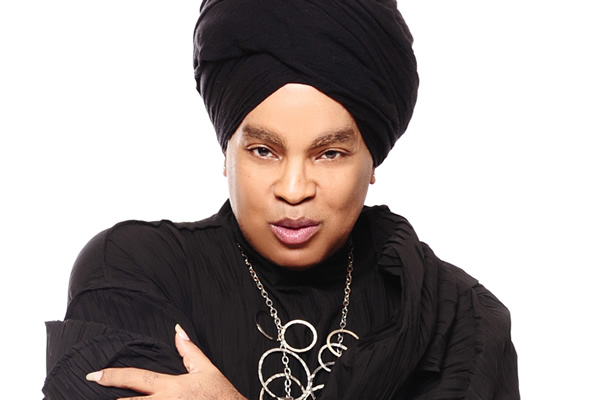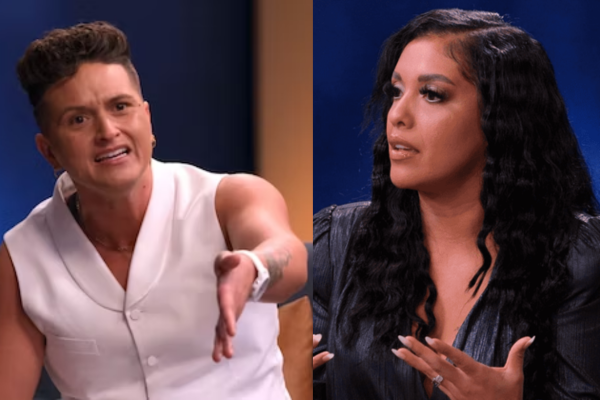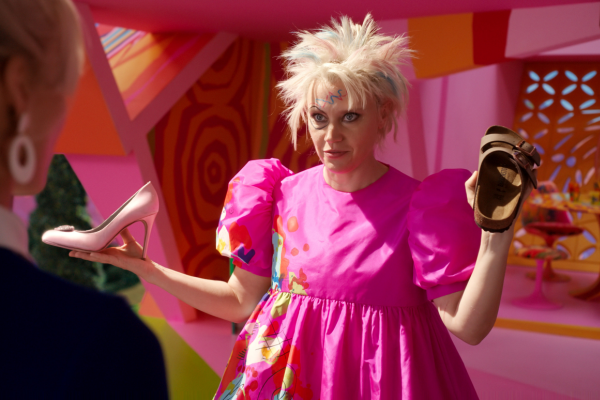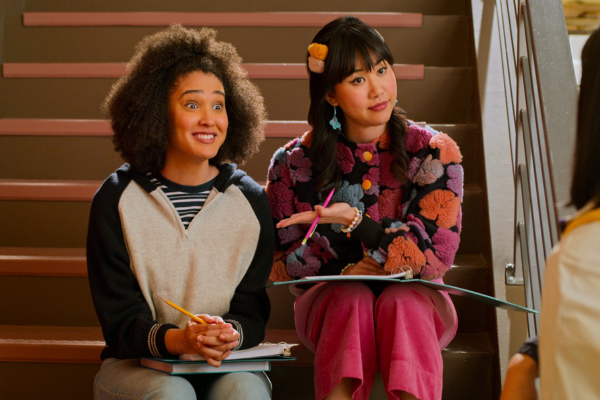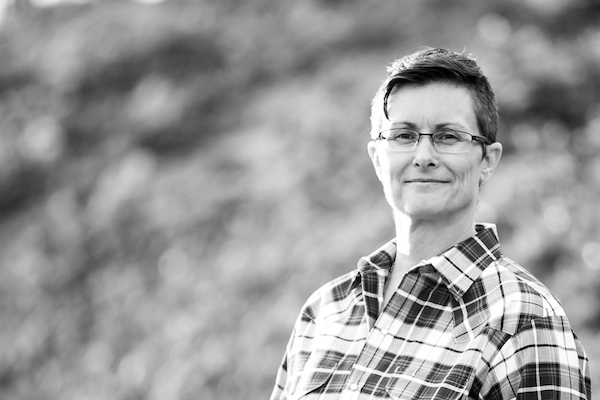
How Coming Out Brought Me Closer to My Mom
June 29, 2015
Equality Maryland Facing Financial Difficulties
June 30, 2015In order for us to take a look at where we are, let us first look at where we have been. Over 25 years ago, we needed to raise funds and awareness about the AIDS epidemic which was disproportionately affecting people of color. In 1990, HIV/AIDS was not a manageable disease and because of fear and ignorance, millions of people of color were misinformed, scared into silence, and many were dying. While there was another LGBT Pride already in existence at that time, we were not being fully celebrated within the rainbow and the lack of color in those celebrations was undeniable.
Within Black communities, we face many obstacles which keep us divided; this was very apparent at the end of the 1980s, post-Regan and during the (first) Bush administration. Back then, almost everyone and everything was in the closet – lesbian, gay, bisexual, transgender, and anyone else that didn’t fit into what was considered “mainstream” America. Being LGBT and a person of color was a particular challenge. This was long before the term “intersectionality” was coined and the concept commonly discussed. We struggled for not only for advocacy and representation, but for simple acknowledgment. It was clear that nobody was going to save us but ourselves.
For us to make a change it had to start with getting our own house in order. Three brave soldiers stepped to the forefront: Wilmore Cook, Willette Griffin, and Theodore Kirkland. They decided that we needed a weekend to celebrate the importance of the Black Gay Experience and hence Black Gay Pride was born. I remember getting the call to emcee on Banneker Field for that Memorial Day weekend. My heart was full because I believed in the vision and knew it was bigger than us. A meeting was called, and a handful of community leaders, party promoters, and club owners gathered together to pull strings and use their resources to make this event happen. Not worried about be called faggots, dykes, or freaks, we were led by something greater: the need for change. When the day arrived, we all gathered on that dirt field with one small trailer to use as a dressing room and a flat square of wooden flooring on the ground as a stage. We were unprepared for what was about to unfold right before our very eyes: a sea of thousands of the most beautiful and vibrant brown people descended on Georgia Ave. Onto Banneker field they flowed, a great wave of Gayness, unbothered about being harassed, attacked, or called out. We knew that something amazing had come together and we felt united as a community.
After that first Pride, the numbers of same-gender-loving, queer, and trans people of color coming to the nation’s capital for Black Gay Pride began to surpass those of Capital Pride. More structure was needed, so a board of 12 was created to help with raising money to help pay for everything, which soon went beyond celebrations and expanded to events such as empowering workshops on topics such as health, family, and trans issues just to name a few. Over time, the number of people involved grew, leadership changed, priorities altered, and the annual weekend of events in Washington, D.C. became known as DC Black Pride.
Now, 25 years later, we have certain elements profiting off the name of DC Black Pride such as party promoters, club and bar owners, and other venues taking our money and not giving back to our community. We have become increasingly divided, with most parties catering to either an exclusively male or exclusively female crowd – and leaving out trans and genderqueer members of our community. We can have more than a weekend primarily about partying, drinking, hooking-up, and fawning over celebrities who make brief, but certainly well-paid public appearances. I understand that not everything can be free, cultured, educational, and/or unifying, but I question the shift in priorities.
Black Pride has grown to reach far beyond just Washington, D.C., and there are now LGBTQ Black Pride celebrations in almost all of the 50 states, and in other countries as well. Because we were the first city to celebrate it, we are looked at as the mother of Black Pride. As the mother, we cannot cater to some of our children while others feel excluded. What we need to revive is the most important thing that we have lost – the family reunion feeling we had at Banneker field. We need to set egos aside and sit down together as community leaders, club owners, event promoters, entertainers, non-profit agencies, and volunteers from a cross the LGBTQ spectrum to create events throughout the year which empower our communities and evoke change, such as food and clothing drives, voter registrations, educational events, and community forums, so that when Memorial Day weekend arrives, we have already done the work. We also should forge bonds with Asian and Latino groups to create Pride celebrations under the umbrella of LGBTQ people of color.
Because we have not done the work, the contemporary image of DC Black Pride is one dimensional. This can change. We just need to be willing to adapt, adjust, grow, and do the work. New voices should be heard, new ideas explored, and new alliances formed. There will always be opportunities for profits to be made, but this should not be the primary agenda of so many. Greed should not be the principal motivation.
I think about those smiling faces of people walking onto Banneker field over 25 years ago. Many of them are no longer with us, having succumbed to the ravages of HIV/AIDS before the availability medicines that benefit the many people who live with the virus today. I think of the feelings of unity and community that filled my heart with joy. I think of how we hugged and smiled at each other –and kept the shade-throwing to a minimum. We cannot turn back time, but I think we can rekindle some of what we had – not just for LGBTQ people of color in the D.C. area,but for the people from across the country and around the world who experience DC Black Pride as an oasis in a cruel, intolerant, and unaccepting world. For DC Black Pride to reach 50 years, we need to be motivated by a desire for growth, not by greed.


